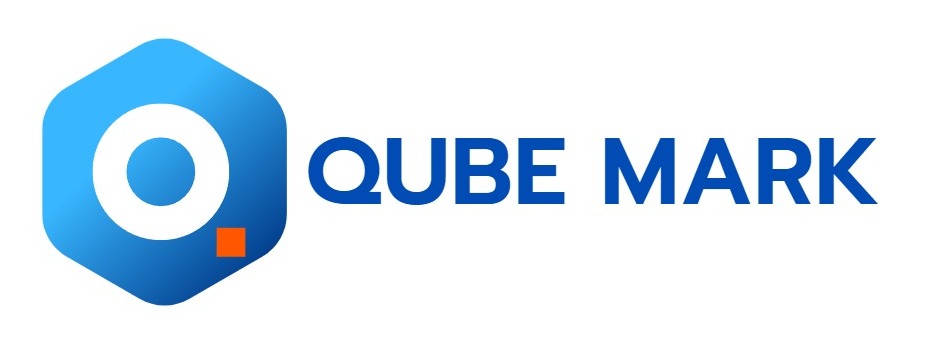HR leaders must guide organizations in separating role criticality from individual performance to ensure operational continuity and long-term success, according to new research from McLean & Company. The HR research and advisory firm reports that organizations often struggle to distinguish roles that are truly critical to business continuity and strategic success from roles that feel essential because of the high-performing individuals who occupy them. While top talent is invaluable, critical role identification must be based on the strategic importance of the position itself, rather than the person in it, to ensure long-term stability and effective workforce planning.
TORONTO, Feb. 25, 2025 - Global HR research and advisory firm McLean & Company has released its latest research, Guide to Identifying Critical Roles, which emphasizes the importance of a structured, objective approach to determining which roles are essential to an organization's success by informing talent initiatives like succession planning. The new guide underscores that critical roles are not always the most visible or senior positions – rather, they are the roles that could significantly disrupt operations or derail strategic initiatives if left vacant.
The firm's research findings indicate that organizations that lack a standardized process for identifying critical roles risk making reactive, assumption-based talent decisions that fail to support long-term workforce planning and succession strategies. McLean & Company's newly published guide provides HR professionals with the tools and frameworks needed to navigate role criticality discussions with key players, develop objective evaluation criteria, and proactively address potential talent gaps.
"Many organizations struggle with critical role identification because they confuse high-performing individuals with critical roles," says Karen Mann, senior vice president, HR Research, Learning Solutions & Advisory Services, at McLean & Company. "By separating the role from the person, HR leaders can ensure a data-driven approach to succession planning and workforce forecasting, improving organizational resilience and reducing the risks of talent shortages."
McLean & Company's research highlights that while 68% of HR professionals recognize workforce planning (WFP) as highly important, only 25% report high effectiveness in executing these strategies. Similarly, just 16% of HR respondents rate their organization's succession planning efforts as highly effective. The Guide to Identifying Critical Roles helps close this gap by equipping HR teams with a replicable, objective approach to assessing and prioritizing roles for talent development and succession planning.
A Structured Approach to Critical Role Identification
Guide to Identifying Critical Roles offers HR leaders a step-by-step framework to support critical role identification and ensure that talent strategies align with broader business objectives. Key elements of the approach include:
- Defining organizational criticality by establishing clear criteria that reflect business needs.
- Navigating key player conversations to mitigate bias and ensure a fair, inclusive decision-making process.
- Weighing role criteria appropriately to distinguish between strategic value, operational continuity, revenue generation, and other organizational priorities.
- Monitoring and adjusting role classifications as business needs evolve.
The Business Impact of HR Identifying Critical Roles
Effectively identifying critical roles is a critical aspect of strong workforce planning, helping organizations minimize disruptions, improve agility, and enhance succession strategies. McLean & Company advises that a clear understanding of which roles are essential ensures seamless transitions to reduce the risk of operational slowdowns when key positions become vacant. With a proactive approach, businesses can anticipate shifts in talent needs, allowing for greater flexibility and responsiveness in a changing workforce landscape.
Aligning talent management with broader business objectives strengthens strategic decision-making, ensuring that high-impact roles are prioritized. Additionally, focusing on internal talent pipelines reduces reliance on external hiring, mitigating risks and costs associated with recruitment. McLean & Company reports that organizations that successfully identify and plan for critical roles gain a competitive edge, ensuring that key positions remain filled with top talent to drive long-term success.
Navigating Pushback and Ensuring Objectivity
McLean & Company cautions that critical role classification can be a sensitive topic that may prompt resistance from employees and leaders who equate "critical" with "most valuable." The guide provides strategies for framing these conversations effectively, including the use of alternative terminology such as "high-impact roles" or "priority roles" to avoid misperceptions.
Additionally, the guide emphasizes that weighting role criteria differently – rather than applying a one-size-fits-all approach – enables organizations to tailor decisions to their unique strategic needs.
Access the Full Guide
HR professionals can access the Guide to Identifying Critical Roles and explore related resources, including templates and tools, by visiting McLean & Company's website or contacting Communications Manager Katie Tame at ktame@infotech.com.
McLean & Company workshops offer an easy way to accelerate HR projects. To learn more about the Design a High-Value Succession Planning Program workshop, please visit the workshop page.
Media interested in connecting with McLean & Company analysts for exclusive, research-backed insights and commentary on HR priorities and trends in 2025, HR's role in social media, the future of work, and more can contact Communications Manager Katie Tame at ktame@infotech.com.
About McLean & Company
McLean & Company pairs evidence-based research and immediately applicable tools with deep HR expertise to position organizations to meet today's needs and prepare for the future. The global HR research and advisory firm's member organizations enjoy comprehensive resources, full-service diagnostics, workshops, action plans, and advisory services for all levels of HR professionals, from executive leadership to HR leaders to HR team members, that help shape workplaces where everyone thrives.
McLean & Company is a division of Info-Tech Research Group.
Media professionals can register for unrestricted access to research across IT, HR, and software and hundreds of industry analysts through the firm's Media Insiders program. To gain access, contact ktame@infotech.com.
This News is brought to you by Qube Mark, your trusted source for the latest updates and insights in marketing technology. Stay tuned for more groundbreaking innovations in the world of technology.







